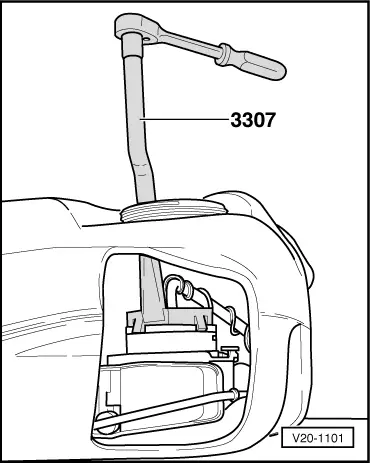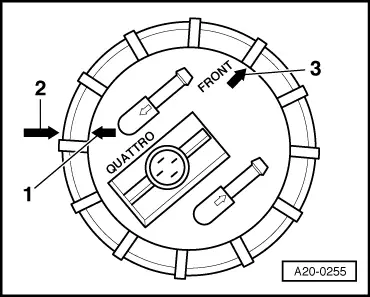A4 Mk1
|
Fuel supply system - four-wheel drive
Removing and installing fuel delivery unit - vehicles with 6-cylinder turbo engine
Observe safety precautions Observe rules for cleanliness Special tools, testers and auxiliary items
Removing
Note: The fuel tank must not be more than 1/3 full.
|
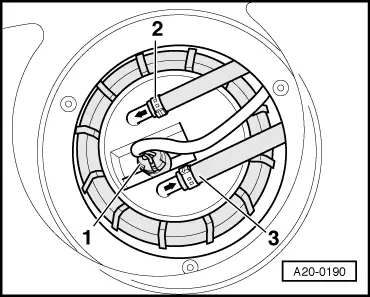 |
|
Warning!
Fuel system is under pressure! Before opening the system place a cloth around the connection. Then release pressure by carefully loosening the connection.
|
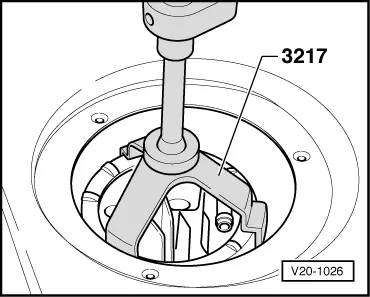 |
|
|
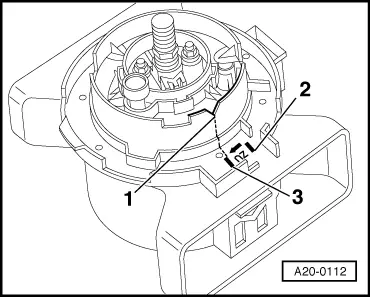 |
|
Note: Baffle housing is shown without fuel tank for a clearer illustration. |
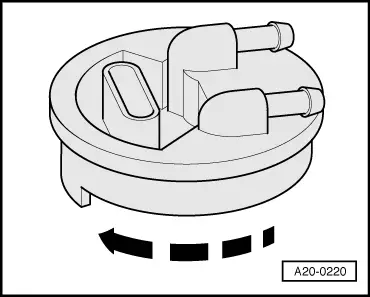 |
|
Note: Lubricate O-rings with fuel or other lubricant.
Note: Lubricate the flange seal with fuel before fitting. |
 |
|||||||
Note: Ensure that fuel pipes are securely seated.
=> Radio operating instructions
Tightening torque
| |||||||

